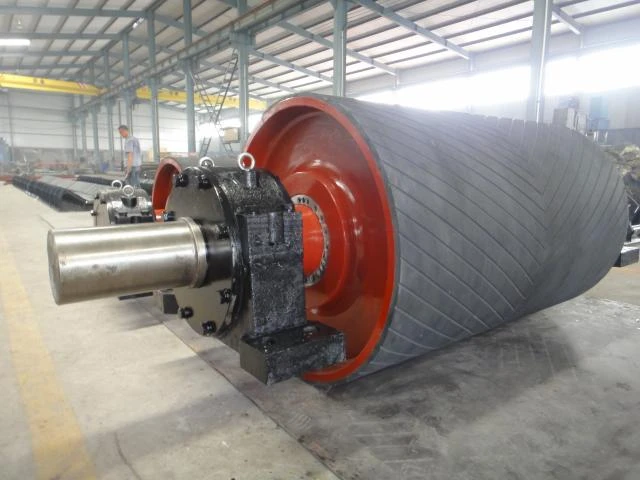 Afrikaans
Afrikaans  Albanian
Albanian  Amharic
Amharic  Arabic
Arabic  Armenian
Armenian  Azerbaijani
Azerbaijani  Basque
Basque  Belarusian
Belarusian  Bengali
Bengali  Bosnian
Bosnian  Bulgarian
Bulgarian  Catalan
Catalan  Cebuano
Cebuano  Corsican
Corsican  Croatian
Croatian  Czech
Czech  Danish
Danish  Dutch
Dutch  English
English  Esperanto
Esperanto  Estonian
Estonian  Finnish
Finnish  French
French  Frisian
Frisian  Galician
Galician  Georgian
Georgian  German
German  Greek
Greek  Gujarati
Gujarati  Haitian Creole
Haitian Creole  hausa
hausa  hawaiian
hawaiian  Hebrew
Hebrew  Hindi
Hindi  Miao
Miao  Hungarian
Hungarian  Icelandic
Icelandic  igbo
igbo  Indonesian
Indonesian  irish
irish  Italian
Italian  Japanese
Japanese  Javanese
Javanese  Kannada
Kannada  kazakh
kazakh  Khmer
Khmer  Rwandese
Rwandese  Korean
Korean  Kurdish
Kurdish  Kyrgyz
Kyrgyz  Lao
Lao  Latin
Latin  Latvian
Latvian  Lithuanian
Lithuanian  Luxembourgish
Luxembourgish  Macedonian
Macedonian  Malgashi
Malgashi  Malay
Malay  Malayalam
Malayalam  Maltese
Maltese  Maori
Maori  Marathi
Marathi  Mongolian
Mongolian  Myanmar
Myanmar  Nepali
Nepali  Norwegian
Norwegian  Norwegian
Norwegian  Occitan
Occitan  Pashto
Pashto  Persian
Persian  Polish
Polish  Portuguese
Portuguese  Punjabi
Punjabi  Romanian
Romanian  Russian
Russian  Samoan
Samoan  Scottish Gaelic
Scottish Gaelic  Serbian
Serbian  Sesotho
Sesotho  Shona
Shona  Sindhi
Sindhi  Sinhala
Sinhala  Slovak
Slovak  Slovenian
Slovenian  Somali
Somali  Spanish
Spanish  Sundanese
Sundanese  Swahili
Swahili  Swedish
Swedish  Tagalog
Tagalog  Tajik
Tajik  Tamil
Tamil  Tatar
Tatar  Telugu
Telugu  Thai
Thai  Turkish
Turkish  Turkmen
Turkmen  Ukrainian
Ukrainian  Urdu
Urdu  Uighur
Uighur  Uzbek
Uzbek  Vietnamese
Vietnamese  Welsh
Welsh  Bantu
Bantu  Yiddish
Yiddish  Yoruba
Yoruba  Zulu
Zulu bearing housing for idler roller
Understanding Bearing Housing for Idler Rollers
Idler rollers play a crucial role in various industrial applications, particularly in conveyor systems, material handling, and machine operations. A significant component within this system is the bearing housing, which provides essential support and protection for the bearings that allow rollers to rotate smoothly. This article discusses the importance of bearing housing for idler rollers, its design considerations, materials used, and maintenance practices to ensure optimal functionality.
What is Bearing Housing?
Bearing housing refers to a protective casing that encases and supports bearings, providing a secure environment for their operation. In the context of idler rollers, the bearing housing serves multiple purposes it holds the bearing in place, safeguards it from environmental factors, and helps align the roller and its associated components. Since idler rollers do not provide propulsion but guide and support the movement of materials, the integrity of their bearing housings directly impacts overall system efficiency.
Importance of Bearing Housing in Idler Rollers
1. Protection The primary function of bearing housing is to protect the bearings from contaminants such as dirt, dust, and moisture, which can lead to premature wear and failure. A well-designed bearing housing prevents debris from entering and damaging the internal components.
2. Structural Support Bearing housings provide essential structural integrity to idler rollers. They ensure that bearings remain aligned and correctly positioned during roller operation. Misalignment can cause uneven wear and increase the risk of failure.
3. Thermal Management In operations involving high speeds and loads, heat generation is inevitable. Bearing housings can assist in heat dissipation, enhancing the lifespan of the bearings. Some designs incorporate cooling features to manage temperature effectively.
4. Vibration Damping Properly designed bearing housings contribute to the overall stability of idler rollers by minimizing vibrations. Excessive vibrations can lead to mechanical failures, increased noise, and reduced operational efficiency.
Design Considerations
When designing bearing housings for idler rollers, several factors need to be considered
- Load Capacity The bearing housing must be designed to support the expected load without deformation
. Analyzing load types, such as axial and radial loads, is essential for choosing the right materials and dimensions.bearing housing for idler roller

- Material Selection Common materials include steel, aluminum, and plastic composites. Steel offers strength and durability, while aluminum is lightweight and corrosion-resistant. The choice of material depends on environmental conditions, load requirements, and manufacturing processes.
- Sealing Mechanisms Effective sealing is critical in preventing contaminants from infiltrating the bearing. Different sealing mechanisms, such as lip seals and O-rings, can be incorporated into the design to enhance protection.
- Ease of Maintenance The design of the bearing housing should facilitate easy access for maintenance tasks, such as bearing replacement or lubrication. Modular designs can simplify repairs and reduce downtime.
Maintenance Practices
To ensure the longevity and functionality of bearing housings in idler rollers, regular maintenance is essential
1. Inspection Regular inspections for signs of wear, corrosion, or misalignment should be performed. Early detection of potential issues can prevent costly breakdowns.
2. Lubrication Bearings within the housing need adequate lubrication to minimize friction and wear. Depending on the application, either grease or oil lubrication may be appropriate.
3. Cleaning Keeping the bearing housing clean from dust and debris is vital. Regular cleaning helps maintain the integrity of seals and prevents contaminant ingress.
4. Alignment Checks Regularly verifying proper alignment can prevent unnecessary stress on bearings and housing, extending their operational life.
Conclusion
The bearing housing is a vital component of idler rollers, contributing significantly to their performance and longevity in industrial applications. By understanding the importance, design considerations, and necessary maintenance practices associated with bearing housings, engineers and operators can ensure efficient and reliable operations in their material handling systems. Proper attention to this component leads to improved productivity, reduced downtime, and lower overall operational costs. As industries continue to evolve and demand efficiency, investing in high-quality bearing housing design and regular maintenance will remain critical.
-
Revolutionizing Conveyor Reliability with Advanced Rubber Lagging PulleysNewsJul.22,2025
-
Powering Precision and Durability with Expert Manufacturers of Conveyor ComponentsNewsJul.22,2025
-
Optimizing Conveyor Systems with Advanced Conveyor AccessoriesNewsJul.22,2025
-
Maximize Conveyor Efficiency with Quality Conveyor Idler PulleysNewsJul.22,2025
-
Future-Proof Your Conveyor System with High-Performance Polyurethane RollerNewsJul.22,2025
-
Driving Efficiency Forward with Quality Idlers and RollersNewsJul.22,2025





























